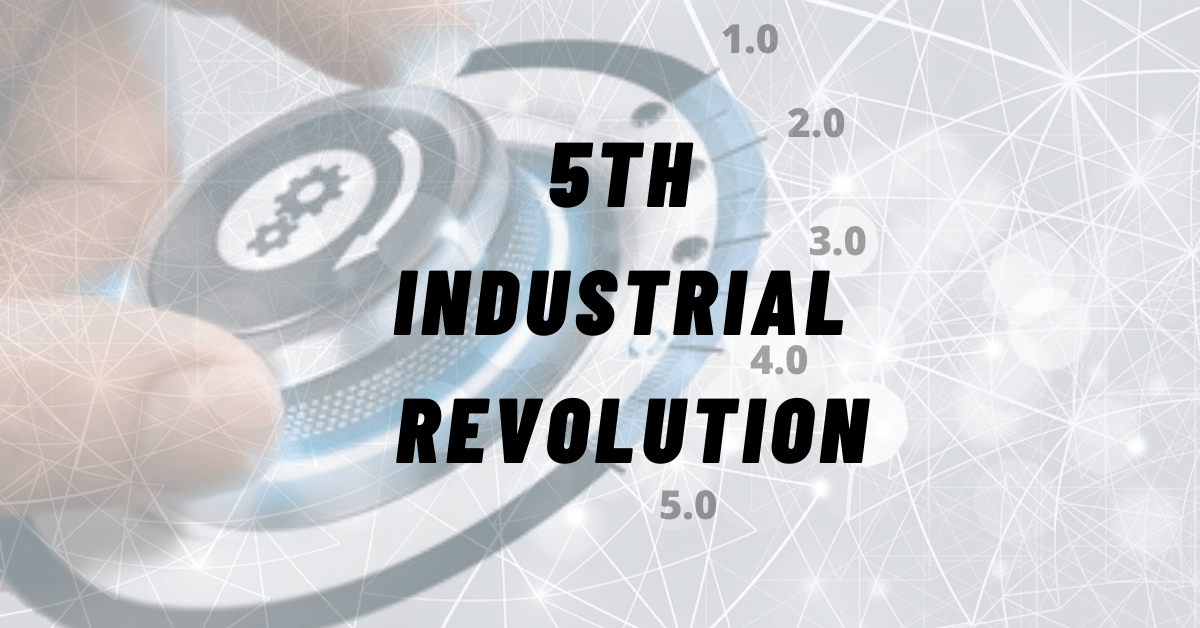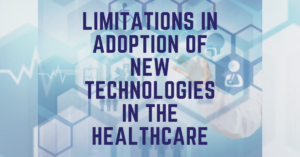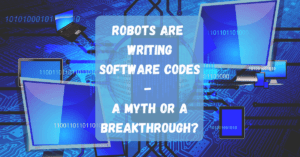History shows that each revolution became the foundation for the next revolution. Let us examine some previous Industrial Revolutions to understand the features of the 5th Industrial Revolution and the Fifth Industrial Revolution precisely.
The first industrial revolution occurred at the end of the 18th century when systems were industrialized. The Invention of the steam engine impacts the production of new products. We employed electric power in the early nineteenth century, which enabled mass transportation production and drove us into the Second Industrial Revolution. The third industrial revolution began towards the end of the nineteenth century with the advent of computers and the Internet. The fourth industrial revolution builds upon the digital revolution of the twentieth century.
We are all on the verge of the fourth industrial revolution, which will strongly impact technologies such as AI, IoT, blockchain, and robots. In the industrial sector, robots, integrated machines, and fast communication systems result in higher productivity by performing repetitive tasks. Many experts have different interpretations of Industry 4.0 as it progresses. As many agree, the fifth industrial revolution builds on the fourth.
What is the 5th Industrial Revolution?
The fifth will be supported by the fourth. We may anticipate that the 5th revolution will be constructed based on the 4th revolution. The Fifth Industrial Revolution (5IR) refers to the collaboration of humans and machines in the workplace. With the advent of the 5th industrial revolution, the main principle is adding humans back to the industry, resulting in a win-win strategy for everyone.
However, this is highly simplistic and needs to begin to convey the scale and complexity of the transformation. Marc Benioff, the founder of Salesforce, sees it this way: “In the Fifth Industrial Revolution, we’re going to have a chief ethical and humane use officer. Are we using these technologies for the good of the world? You can’t do business in the Fourth Industrial Revolution without the trust of your employees, customers, and partners.”
The third and fourth revolutions were both problematic for humanity and the ecosystem. Previous generations had to change their way of life to accommodate what the machines could achieve. The Fifth Industrial Revolution is unlike any other. Humans are now at the forefront of the manufacturing process.
Development of this Industrial Revolution
Here is a list of some prominent developments in the Fifth Industrial Revolution.
- Many more individuals will work from home regularly.
- Machines will handle routine administration.
- Implantable technology for health and other uses will become more widely available, resulting in a healthier, longer-living population.
- 3D printing will become increasingly common.
- Chatbots will become an expected component of the consumer experience.
Benefits of the 5th Industrial Revolution
You and I will almost certainly be working with robots and smart machines. The Internet of Things (IoT) and big data will offer information and help us make decisions that will allow us to function more efficiently and effectively. This shift began in the 4IR, but it will grow more popular as time goes on.
The fifth industrial revolution focuses more on human cognition than ever before. AI is already helping recruiters find higher-profile meetings in the fight for talent. The fifth industrial revolution provided excellent benefits by offering candidates a more tailored employment experience.
The fifth industrial revolution will eliminate repetitive and boring occupations to maintain a balance between individuals and technology. It will open the door to curiosity, imagination, empathy, and judgment.
“Industry 5.0 will make the factory a place where creative people can come and work to create a more personalized and human experience for workers and their customers,” says Esben Østergaard, Universal Robots’ chief technology officer and co-founder.
Features of the 5th Industrial Revolution
Although we cannot predict how the Fifth Industrial Revolution will affect our personal lives, we must be completely prepared to recognize that it is unavoidable. When word processors became common, typewriters faded away. The massive social and economic transformations brought about by an industrial revolution will engulf the world.
Here are some warning signs to look for as we investigate the features of the 5th Industrial Revolution. They are not comprehensive but serve as crucial lighthouses pointing the way. From intelligent homes to independent manufacturing plants to traffic on the street, networked sensors will collect data everywhere. As a result, they generate a large amount of data on every aspect of human life to improve systems, processes, production, and delivery.
Thanks to the visualization and modeling of processes like production lines, every stage of a supply chain will be open to inspection. The processes will be essential for managing and personalizing future items and product lines.
Tracking technologies will improve real-time production tracking from the retailer checkout to the start of the manufacturing process. Constraints, excess inventory, and delays will all be evident immediately. Combined with technology like IoT and machine learning, this will assist in reducing material waste, preventing theft, and preventing property misuse.
Smart sensing technology will utilize the human brain as a signal source. Special headphones efficiently capture brain activations and operate a robotic arm outfitted with an instrument to execute a specific task.
Final Thoughts
The Fifth Industrial Revolution can lead to a new socioeconomic age that bridges the gap between the “top” and the “bottom,” creating limitless possibilities for humanity and a better world. It will be characterized by innovation and purpose as we work together to bend growth and profitability toward vision, diversity, and inclusion. We may live in a socioeconomic era that eliminates historical inequalities by taking innovative steps to make the world a better place.
Nazi Abdul Hameed writes this article during Train the Learner’s four weeks Training Program as an Article Writer]




